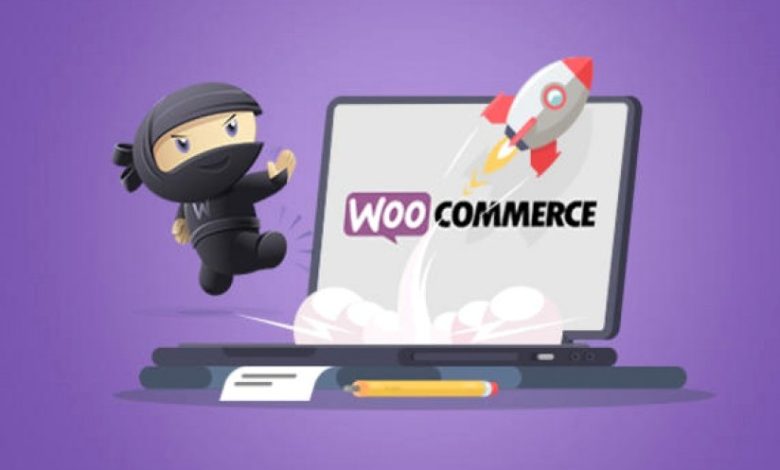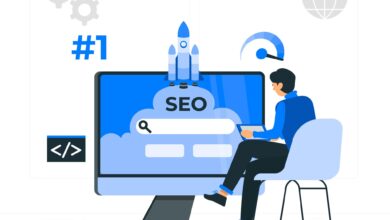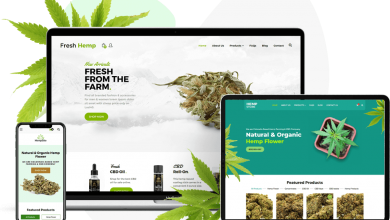All You Need to Know About Speed Up a WooCommerce Site

Increasing the speed of your website is a critical component of any WooCommerce speed optimization. We have listed down the tips as having a high or low impact. Consequently, some have a more significant impact on your overall performance score, but they all have one thing in common: addressing each of them will speed up a WooCommerce site. Let’s look at some simple techniques for speed up WooCommerce.
8 Tips to Speed up a WooCommerce site
Let’s begin with the methods that have the most influence on WooCommerce speed optimization.
1. Choose a Good Hosting Provider
WooCommerce product sales frequently include images, text, photo galleries, videos, and online payment. They must render all of those features quickly and securely on your website. Would you set up your credit card information on a slow, untrustworthy website? I’m not going to.
First, think about how fast the web hosting service is. Second, what level of customer service does this provider provide? Third, and most importantly, are they safe?
Some of the strategies to look for are as follows:
- Check the hosting uptime score
- Server-level caching
- A content delivery network (CDN), especially if your customers are from other countries.
- Multiple data centers, allowing you to select a location based on your customer’s location.
- The amount of bandwidth and storage space they make available for your products.
- An SSL certificates
- Automated backups.
- Simple staging sites for testing new products or features before they go live.
- WooCommerce auto-installation to get you up and running quickly.
- Examine the hosting they offer. A dedicated server may be necessary if you have thousands of products with high monthly traffic.
2. Use HTTP/2
HTTP/2 can increase the page speed of your website by allowing browsers to handle queries over a single connection at the same time. In addition, it conserves bandwidth, allowing for faster page loading times.
Previously, your browser had to reconnect to the server to retrieve every resource. It is now grabbing all resource bases and transferring them all at once.
3. Use a Cache Plugin
Caching is an excellent method for increasing the speed up a WooCommerce site. It’s all you need for a WooCommerce optimization that runs smoothly and quickly, from the checkout page load time to the product detail pages. In addition, caching boosts performance by reducing time-consuming processes such as retrieving all stored information or creating new copies for each visitor who requests the content.
CSS and JS file optimization, Cache preloading, lazy-load for images and videos, the ability to defer JavaScript loading, Grip compression, and font optimization are the essential features to look for in a cache plugin.
If you’re wondering what the best caching plugin for WooCommerce is, look no further than Navicosoft. It has all the essential features and works well with WooCommerce Speed Optimization.
4. Optimize Your Product Images
The best solution is to optimize the images of each product, mainly if your online store includes galleries, promotion banners, and other types of media. Hence, without sacrificing too much quality, it entails shrinking, compressing, and converting them to the best format possible.
To speed up a WooCommerce site, you can optimize your product images in two ways:
- Manually, using software such as Adobe Photoshop.
- Automatically, by using online tools or plugins such as Imagify, Ewww optimizer, TinyJPG | TinyPNG, and so on.
5. CSS Optimization
It can help to speed up a WooCommerce site. It is possible to accomplish this in two ways:
- Discarding Unused CSS (to reduce page size and HTTP requests for better performance)
- Improving the delivery of your CSS (to eliminate render-blocking CSS on your site for a faster load time)
6. Lazy Loading Videos and Images
Another way to WooCommerce optimization is to enable lazy loading for images and videos. However, it is a strategy for identifying non-blocking resources and loading them only when needed.
The video or image content is visible above the fold. But the rendering of the range below the fold is delayed. Therefore, it is possible to display the images currently being viewed by the users first.
7. Code Optimization
Code optimization, such as CSS and JavaScript minification and file compression, will help WooCommerce Speed Optimization.
One of the most difficult challenges for web developers is when creating HTML, CSS, and JS files to maintain readable code. Eventually, they use spacing, comments, and well-named variables to make it easier to read. Unfortunately, it is somewhat problematic because it takes up more space, which can be detrimental during loading times when every millisecond count.
8. Use CDN to Deliver Static Resources
A CDN is useful for quickly delivering your content across a global network of servers. It will speed up the WooCommerce site by rendering your products and instantly storing content. Hence, it is critical if you have visitors from Miami and Bangkok, for example.
Wrapping up
However, your WooCommerce site must be fast to generate profits. It doesn’t matter what kind of product or service you sell online — if a page takes too long to load, customers will leave without looking back. In 2022, the user experience is everything.
Fortunately, there are excellent techniques available to aid in the recovery of a slow WooCommerce site. But, unfortunately, the majority of them take time to implement manually. That is why, to achieve your objectives, you should use a performance plugin.
In a few clicks, Navicosoft, for example, optimizes your code, caches your content, implements lazy loading on your media, and optimizes your database. In addition, they’ve plugin that can assist you in obtaining a green score for speed up WooCommerce site:




